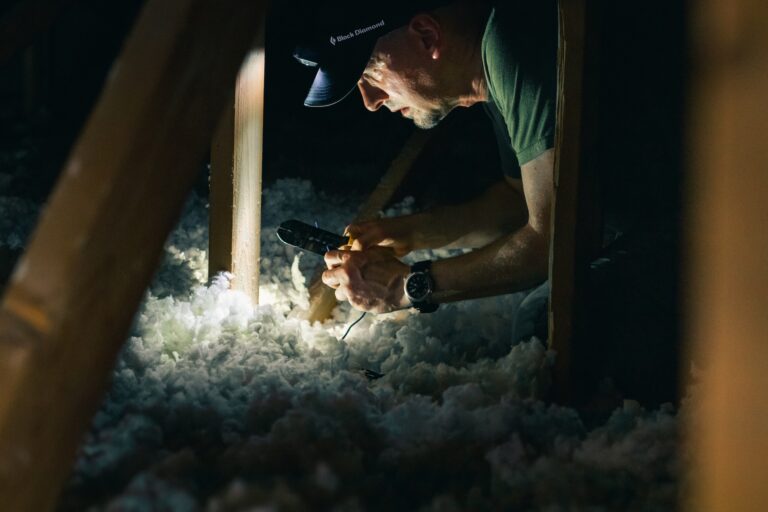Insulating your home is a critical step in maximising energy efficiency, ensuring comfort, and reducing utility bills. Proper insulation acts as a barrier to heat flow and is essential for keeping your home warm in the winter and cool in the summer. Insulation in Glasgow can help you to meet your energy goals as well as save on energy bills this winter.
The Basics of Thermal Insulation: Insulation is a material designed to prevent heat from entering or leaving your home. By reducing heat flow, insulation helps maintain a consistent temperature, lessening the burden on heating and cooling systems and thereby reducing energy consumption.
Why Insulate Your Home?: The primary reason for insulating your home is to improve comfort and reduce energy costs. Insulation can also help with soundproofing and, by managing moisture levels, can prevent long-term damage from mold and mildew.
Types of Insulation Materials
Fiberglass: This is one of the most commonly used insulation materials and comes in batts or rolls. It’s relatively inexpensive and easy to install, making it a popular choice for DIY projects.
Cellulose: Made from recycled paper products, cellulose is an eco-friendly option that is blown into place, making it ideal for filling irregular spaces and retrofitting older homes.
Foam Insulation: This includes materials like spray foam and rigid foam boards. Spray foam expands to fill cavities, providing excellent air sealing, while rigid foam boards are great for insulating basements and exterior walls.
Natural Materials: Sheep’s wool and cotton are sustainable options that are gaining popularity. They are non-toxic and provide good insulation but can be more expensive.
Assessing Your Insulation Needs
Energy Assessment: Before adding insulation, consider having an energy audit conducted to identify areas where insulation is needed most. This can help prioritise efforts and ensure that you get the most benefit from your investment.
R-Value: Insulation’s effectiveness is measured by its R-value, which indicates its resistance to heat flow. The higher the R-value, the better the insulation’s effectiveness. Your geographic location will determine the recommended R-value for your home.
Key Areas to Insulate
Attic Insulation: Heat rises, and a poorly insulated attic is a prime location for heat loss. Insulating your attic can be one of the most cost-effective ways to improve energy efficiency.
Wall Insulation: Insulating your walls can prevent heat transfer between the interior and exterior of your home. For existing walls, blown-in cellulose or injection foam can be used without extensive renovation.
Basement and Crawlspace Insulation: These areas are often overlooked but can be significant sources of heat loss. Rigid foam boards and spray foam are commonly used in these spaces.
Floors and Ceilings: Insulating floors above unheated garages or crawlspaces and ceilings against cold attics can further reduce heat loss and improve comfort.
In conclusion, insulating your home is a smart investment that pays off in both comfort and cost savings. By understanding the types of insulation, assessing your needs, and following best practices for installation and maintenance, you can ensure that your home is energy-efficient and comfortable throughout the year.

